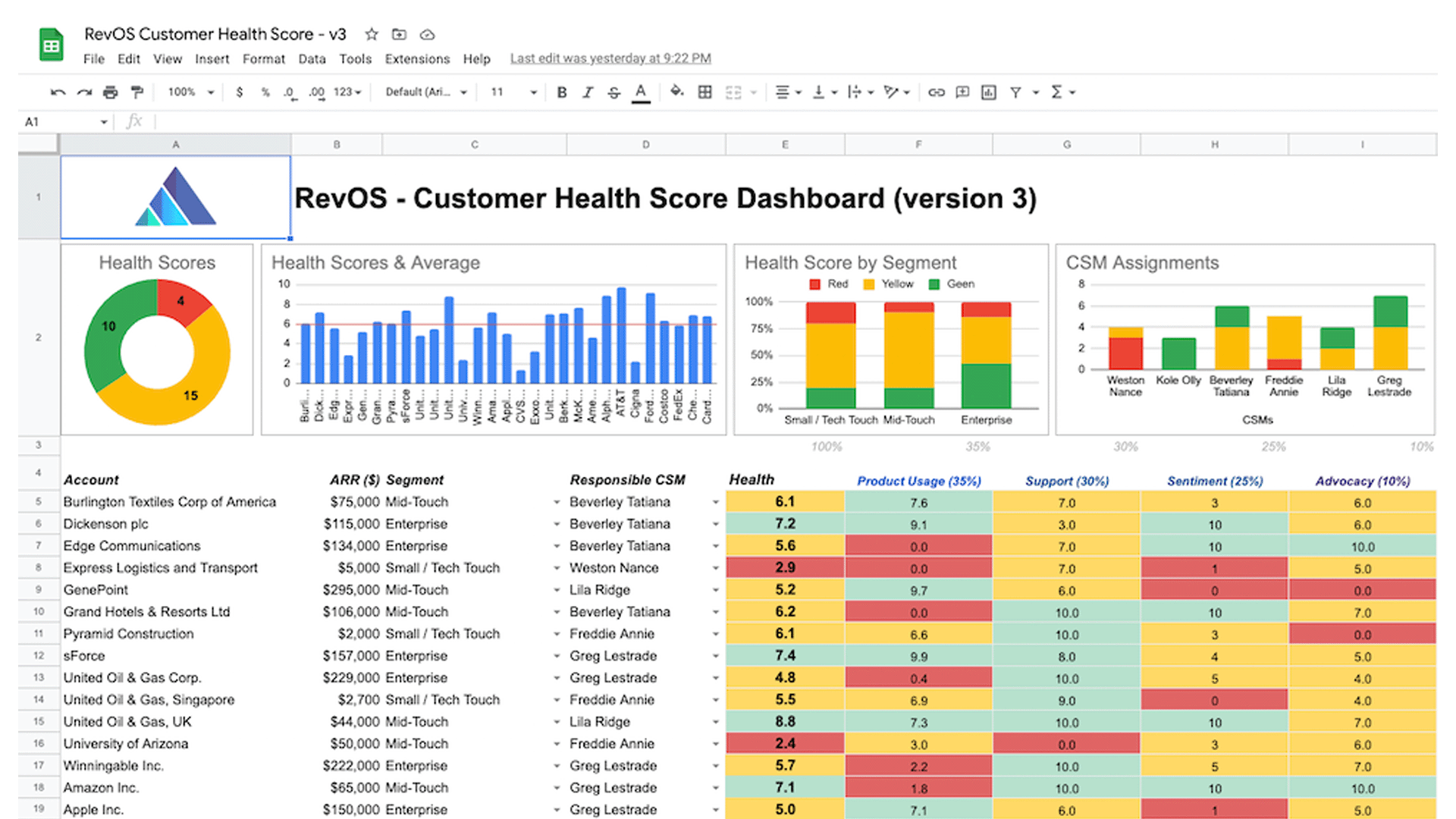Leveraging Time to Full Resolution in Evaluating Customer Experience and Retention
 Renat Zubayrov
Renat ZubayrovA customer health score metric that measures time to full resolution is used to track how quickly a customer service team is able to resolve customer inquiries and issues. In our blog series, we have already discussed a few important KPIs for customer success and sales strategies: The Net Promoter Score (NPS), The Customer Satisfaction Score, The WAU/MAU Ratio, The Time to First Reply (TFR), The License Utilization. Stay tuned to learn more about how this metric can help prevent customer churn, improve customer retention, and drive business success.
Time to Full Resolution (TFR), as a metric, calculates the amount of time (in hours or minutes) it takes for the team to fully resolve a customer inquiry, from the initial contact to the final resolution. A lower time to full resolution indicates a more efficient and effective customer service team, while a higher time to full resolution may indicate delays in the team's workflow or a lack of resources.
It's important to note that a shorter time to full resolution may not always be possible or practical for all organizations, especially those that have a high volume of customer inquiries or complex issues. In these cases, setting realistic targets and continuously working to improve the metric over time is important.
Gathering all of the data in one place like in RevOS free Customer Health Score Template is essential for customer success and sales leaders. You can ask why?

- Firstly, a comprehensive set of data allows businesses to gain a more accurate and complete understanding of the health of their customer relationships. This includes data on customer satisfaction, engagement, loyalty, and other key metrics, which can be used to evaluate the overall health of customer relationships across different segments and channels.
- Secondly, by gathering all of the data in a Customer Health Score Template, businesses can identify areas for improvement and take proactive steps to enhance the customer experience. For example, if a particular customer segment is experiencing low satisfaction scores, businesses can analyze the data to identify the root causes of the issue and take steps to address them, such as improving product or service offerings or enhancing customer support.
- Thirdly, gathering all of the data in a standardized format enables businesses to compare and analyze data across different customer groups and time periods. This can help businesses to identify trends and best practices and to tailor their customer engagement strategies accordingly.
Download Free Customer Health Score Template
Benchmarks
The "good value" for Time to Full Resolution (TFR) can vary depending on the industry, the type of customer issue, and the resources available to the customer support team. However, in general, a lower TFR is generally considered to be better, as it indicates that customers are receiving prompt and efficient service.
Some industries, such as technology or financial services, may have a TFR of less than 24 hours, while other industries, such as healthcare or logistics, may have a TFR of several days. It is also important to note that for critical issues, a shorter TFR is expected and required by customers.
It's important to establish a benchmark of TFR, which can be compared to the industry standard or set internal goals for the company to improve over time. It is also important to track TFR over time to detect any patterns or changes in customer service performance.
Time to Full Resolution (TFR) is an important metric for industries that rely heavily on customer support. Here are some best practices in various industries for measuring and improving TFR:
- Technology Industry: In the technology industry, measuring TFR is important to ensure that customers are getting timely support for their technical issues. Best practices include using automation tools to triage and prioritize issues, setting clear escalation paths for complex issues, and continuously analyzing TFR data to identify trends and areas for improvement.
- Healthcare Industry: In the healthcare industry, TFR is a critical metric for patient care. Best practices include using electronic health records to track patient issues, creating standard protocols for issue resolution, and leveraging telemedicine to provide virtual care and reduce TFR.
- Retail Industry: In the retail industry, TFR is important for resolving customer complaints and improving satisfaction. Best practices include investing in customer support training and development, using AI-powered chatbots for quick issue resolution, and implementing omnichannel support options to improve TFR across all channels.
- Hospitality Industry: In the hospitality industry, TFR is important for addressing guest complaints and improving the overall guest experience. Best practices include creating a centralized support system for all guest issues, using guest feedback to identify common issues and areas for improvement, and empowering staff with the tools and resources they need to resolve issues quickly.
- Financial Services Industry: In the financial services industry, TFR is important for resolving customer issues and preventing churn. Best practices include using customer segmentation to prioritize high-value customers, implementing self-service options to reduce TFR for common issues, and using analytics to identify and resolve issues before they become major problems.
Challenges
Measuring and controlling Time to Full Resolution (TFR) for customer health scoring can be challenging for several reasons:
- Definition of "resolution": In order to accurately measure TFR, it is important to have a clear definition of what constitutes a "resolution" of a customer issue. This can be difficult to determine, especially for complex or multi-faceted issues.
- Data collection: Collecting accurate data on TFR can be a challenge, as it requires tracking customer interactions across multiple channels (e.g. phone, email, chat) and ensuring that all data is captured and recorded in a consistent manner.
- Variability: TFR can be affected by a variety of factors, such as the complexity of the issue, the skill level of the customer support agent, and the resources available to the support team. This variability can make it difficult to establish a meaningful benchmark for TFR.
- Priority and Prioritizing: Prioritizing customer issues based on their urgency and impact can be challenging, as it can be hard to predict which issues will be most critical to customers. Issues should be solved according to the priority therefore more higher-priority issues from some customers may affect the Time to Full Resolution values for other customers.
Alternatives
There are several alternative metrics that can be used to measure customer support performance in addition to Time to Full Resolution (TFR):
- First Contact Resolution (FCR): This metric measures the percentage of customer issues that are resolved during the initial contact with the support team. A high FCR rate indicates that customer support agents are able to effectively resolve issues on the first try.
- Net Promoter Score (NPS): This metric measures customer satisfaction by asking customers how likely they are to recommend the company to others. It is a widely used metric in customer service and can give an overall sense of customer satisfaction.
- Issue Resolution Rate (IRR): This metric measures the percentage of customer issues that are resolved within a given time period.
Want to stay up-to-date on the latest trends and insights? Check out our blog for expert analysis, practical tips, and inspiring success stories.
Read more about revenue operations, growth strategies, and metrics in our blog and follow us on LinkedIn, Youtube, and Facebook.
← Go back to blog